At OSF, we built our dressing-room spaces with wheelchair clearance in mind from the beginning, which saved us some bother later on. We booked sign interpreters for the D/deaf artists. With grant support from New England Foundation for the Arts, we built a ramp to modify our stage for AXIS Dance, who perform with wheelchairs. I felt we were meeting most of the needs of our audience and the artists. Then my perspective radically shifted, and I saw where we were institutionally failing ourselves.
In my second season at OSF, I had a sudden-onset illness and found myself in chronic pain, with spasmodic muscles and decreased mobility. Areas of inaccessibility in our institution suddenly became hypervisible to me. The complications of requesting modifications (let alone knowing which ones I could ask for) were a barrier. Our rehearsal and meeting communication practices, locations, and expectations were all designed for abled participants. The numbers of stairs I needed to climb to access the executive director’s office was a barrier. These were all barriers I’d failed to dismantle because they had not been visible to me before.
When it comes to accessibility, disabled artists have the lived experience necessary that will lead to more successful outcomes.
I began using a power scooter, and I met audience members in wheelchairs and scooters. One couple shared with me issues regarding the theatre’s bathroom access. They hadn’t felt comfortable sharing the feedback with anyone in person until they met a producer who was literally on their level; this was feedback I was uniquely able to empathize with and understand. I expressed that these were issues I’d also experienced and we were working on them. They were longtime supporters of the theatre; they felt heard and in turn would contribute more in the future.
It’s incredibly useful to have people with disabled expertise involved in production processes from the beginning. Familiarity with concepts like “inspiration porn” (stories that reduce subjects into objects for ableist inspiration) or “disability drag” (abled actors playing disabled characters) can be the difference between creating work that helps or harms people and the institution’s bottom line. When the disabled perspective is prioritized, the work centers on outcomes of excellence for everyone.
For instance, having a neurodivergent theatremaker on my producing team allowed us to identify and dismantle barriers in communication practices. This was in addition to him being an effective administrator and performer. Working with a physically disabled director created circumstances where we were always planning the most physically accessible paths on and off stage for everyone, including the creative team. When someone turned an ankle and became temporarily disabled, we were already prepared.
A few seasons before I left OSF, we cast actress Regan Linton in the rep company. I had booked dancer Alice Sheppard for an outdoor performance on dates where Michael Maag, our resident lighting designer, and Regan Linton were both available. All three artists use wheelchairs. I recognized I was uniquely able to produce and facilitate a cross-disciplinary conversation about access that would have no ableism embedded in it. The result was a powerful hour of educational programming, and relationships were created that have resulted in original work and international collaboration outside of OSF.
With my company, Calling Up Justice, I produce transmedia performances of justice online, onstage, and in real life. I’ve helped museums and conferences design for accessibility, worked with executive staff to develop and rehearse ways to respond to microaggressions, helped curate projects for funders to invest equitably, built and facilitated online spaces, and produced art with structures and stories of justice. We also devise and share resources, tools, and concepts online.
There’s a reason why so many people in our industry hide their disabilities. Our field has a track record of punishing perceived weakness.
In addition, I participate in several national and international cohorts such as Unsettling Dramaturgy: Crip and Indigenous Process Design in the Studio, on the Stage, and in the Street. This cohort is an online research colloquium that brings together crip and Indigenous dramaturgs and theatremakers from across the Americas. Crip theory centers on “the disabled” as an identity to be recognized and celebrated while also acknowledging the historical exclusion of Black, Indigenous, people of color and LGBTQ+ within the community. “Crip,” as used here, is considered to be an inclusive term, representing all disabled peoples.
For the past year I’ve been working with the concept of “crip time” as a tool to create universally designed accessible rehearsals and meetings. Alison Kafer, author of Feminist, Queer, Crip, says that “rather than bend disabled bodies and minds to meet the clock, crip time bends the clock to meet disabled bodies and minds.” Theatre is chronically under-resourced, and we fill that monetary gap with sweat equity. There is an ethos in the theatre community of doing whatever it takes to make sure the show happens—“the show must go on”—and there’s a reason why so many people in our industry hide their disabilities. Our field has a track record of punishing perceived weakness. When I became disabled I was afraid I would no longer be able to work at the level that was expected of me. I was sometimes treated that way. However, in the last decade, I’ve surpassed my old goals and produced prolifically with high success and reach, creating even more ambitious intentions that I am now beginning to fulfill.

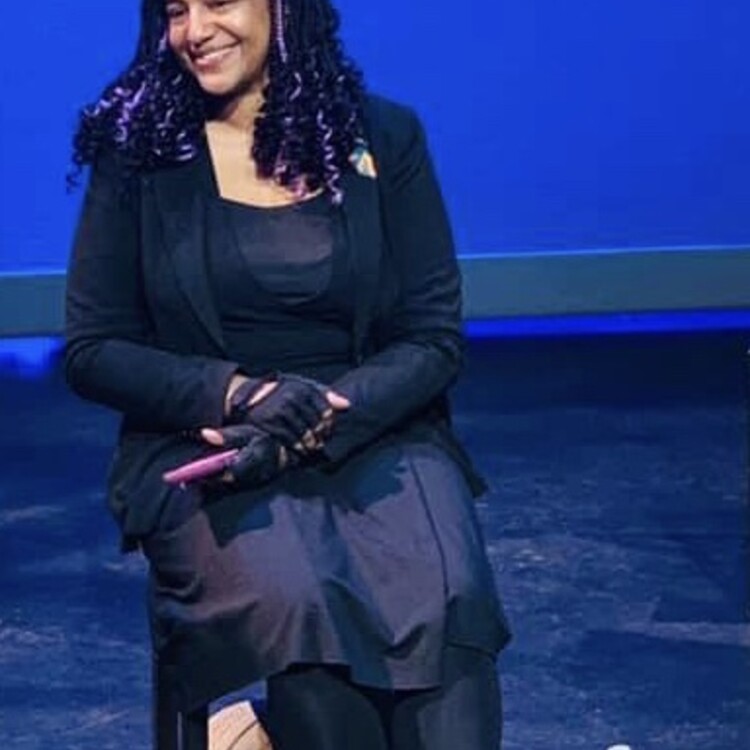
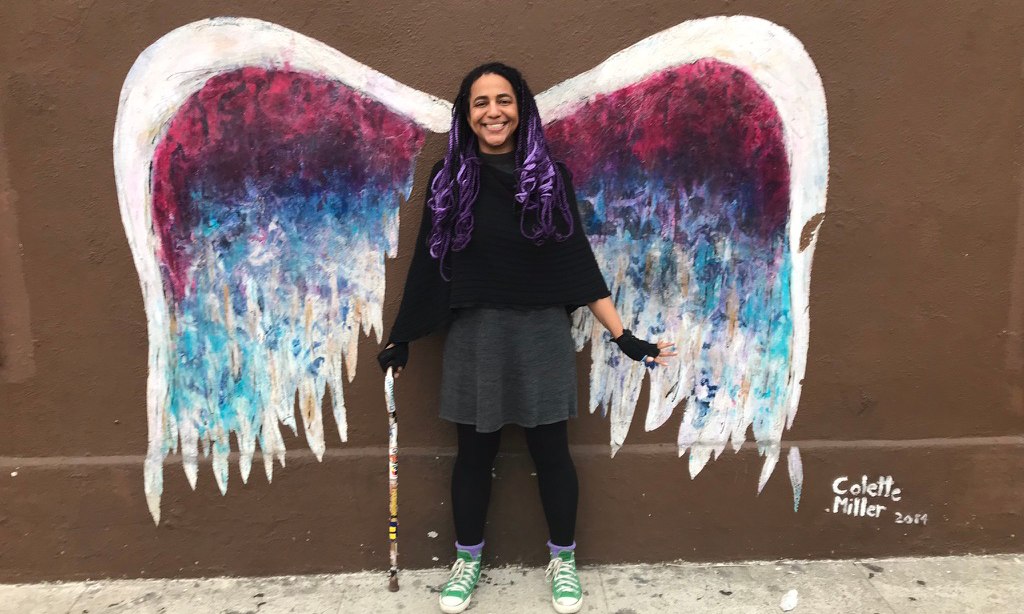
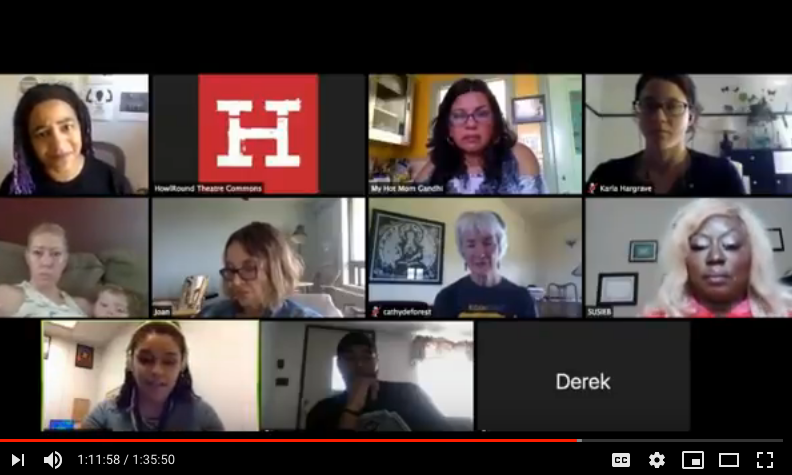
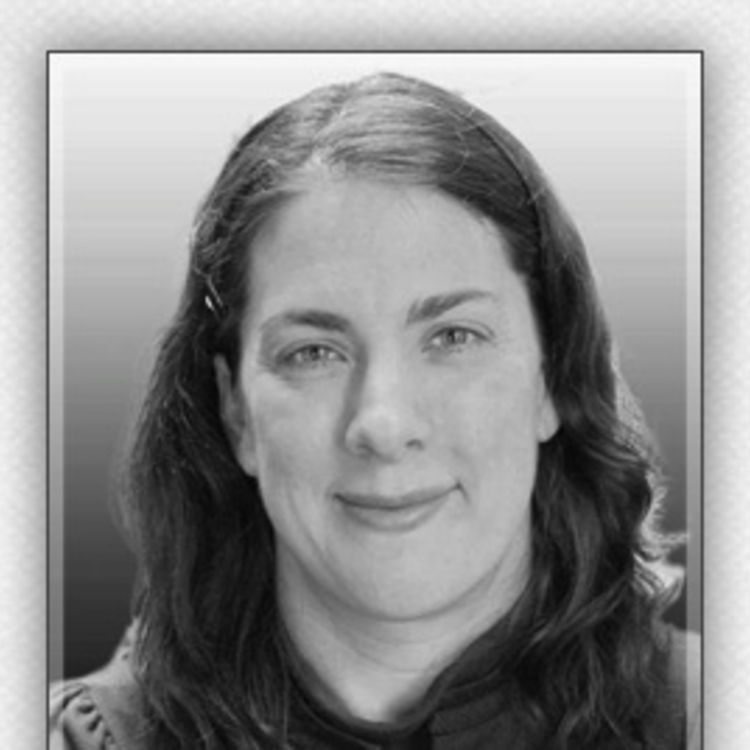
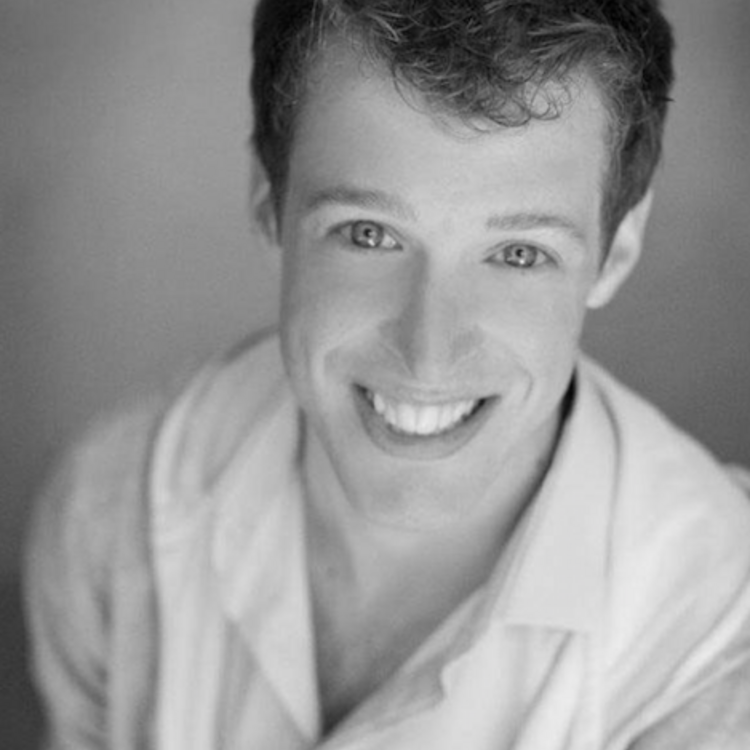
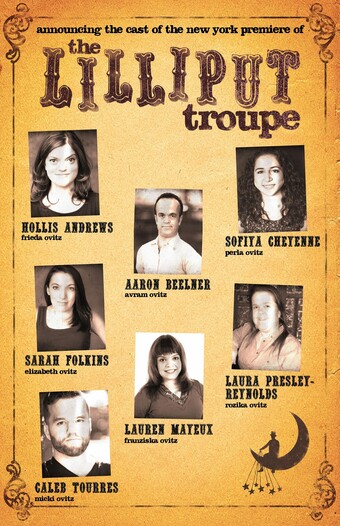

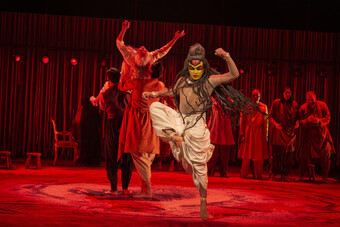


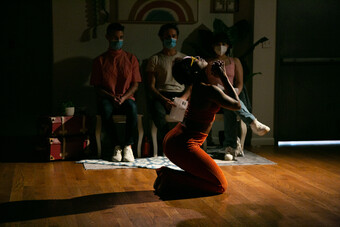

Comments
The article is just the start of the conversation—we want to know what you think about this subject, too! HowlRound is a space for knowledge-sharing, and we welcome spirited, thoughtful, and on-topic dialogue. Find our full comments policy here